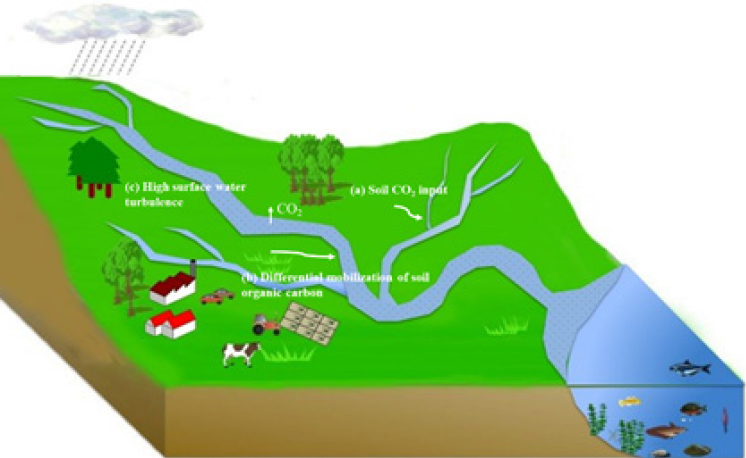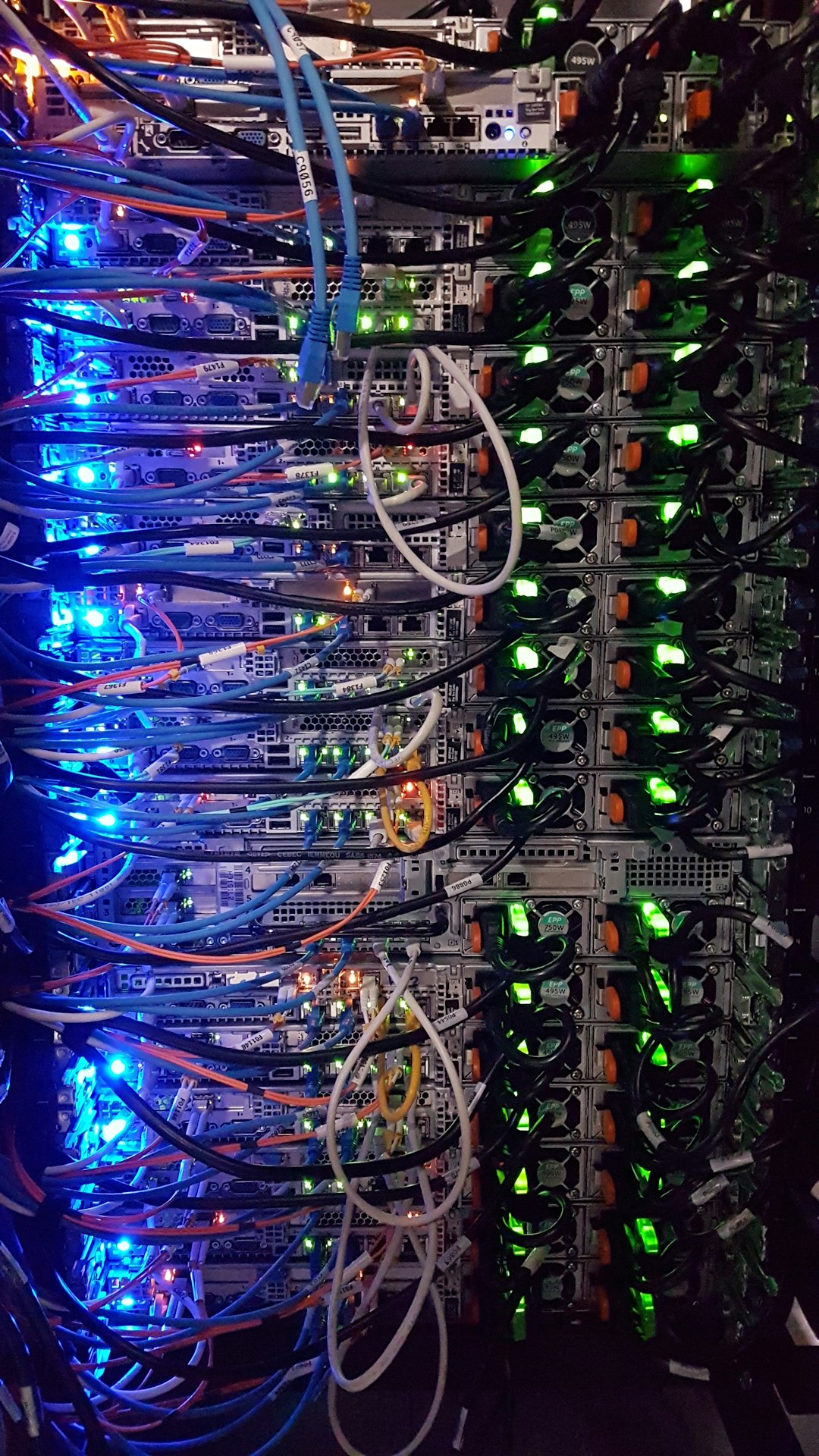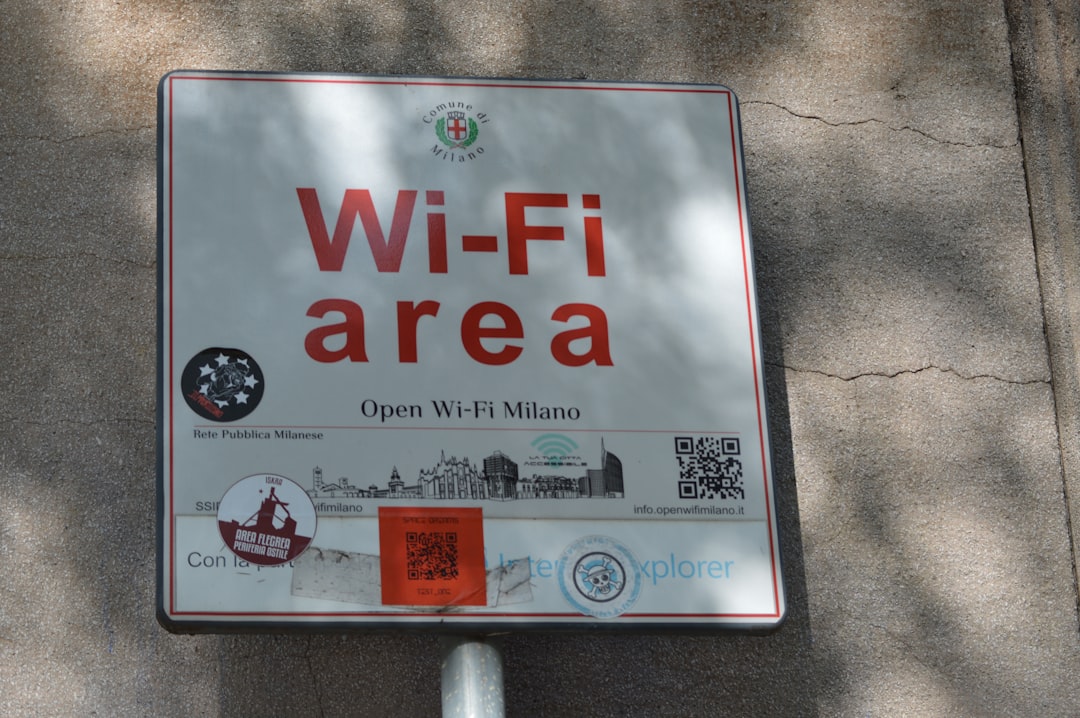- 11 Historic Wildfires That Changed Fire Management Data Reveals - October 4, 2025
- The 1883 Krakatoa Event And Its Global Weather Effects Records Show - October 2, 2025
- How Scientists Use Climate Models To Forecast The Future - October 2, 2025
The Hidden Truth About Your Binge-Watching Habits

Did you know that streaming just one hour of video produces the same carbon emissions as driving a car for nearly a kilometer? According to a study by the Hamburg-based Borderstep Institute, one hour of streaming produces around 100 to 175 g of CO2, which corresponds to the emissions of a car driving one kilometer. This shocking revelation barely scratches the surface of how your evening Netflix session is quietly contributing to climate change. The average American streams around 3.1 hours of content per day, almost 21 hours per week. That’s a lot more environmental impact than most people realize. The global average user’s annual consumption of web surfing, social media, video and music streaming, and video conferencing emits 229 kg CO2-eq year−1. To put this in perspective, that’s equivalent to burning about 100 gallons of gasoline every year just from your digital habits. Think about that the next time you’re scrolling through endless content options.
Data Centers Are Energy Monsters in Disguise

U.S. data-center power demand could nearly triple in the next three years, and consume as much as 12% of the country’s electricity, as the industry undergoes an artificial-intelligence transformation. These massive facilities are the invisible backbone of your streaming experience, but they’re consuming energy at an unprecedented rate. The report estimates that data center load growth has tripled over the past decade and is projected to double or triple by 2028. Here’s where it gets really concerning: Large hyperscale data centres have power demands of 100 MW or more, with an annual electricity consumption equivalent to the electricity demand from around 350,000 to 400,000 electric cars. In Ireland, data centers now account for over 20% of all electricity consumption. These facilities never sleep, constantly processing and storing the content you stream on demand. AI GPUs consume four times more energy than more traditional servers.
Your Device Choice Makes a Massive Difference

The device you choose for streaming creates dramatically different environmental impacts, and the differences will surprise you. A 50-inch LED television consumes much more electricity than a smartphone (100 times) or laptop (5 times). Streaming one hour of a video with a 4K quality on a mobile phone using a 4G network consumed approximately 1.15 kilowatt hours, a dramatic difference compared to other devices such as a laptop or even a mobile phone connected to WiFi. Smart TVs might feel like the obvious choice for the best viewing experience, but they’re environmental nightmares compared to smaller devices. Watching on your laptop or phone uses a fraction of the energy required to stream on a TV. The bulk of energy consumption doesn’t come from the networks that deliver the content, but from end-user devices like TVs, smartphones, laptops, and home internet equipment. The manufacturing impact is equally staggering: In the EU, emissions from making smartphones, laptops, and TVs often exceed the energy used by networks.
WiFi vs Mobile Data: The Environmental Battle You Never Knew About

The way you connect to the internet for streaming creates a hidden environmental cost that varies wildly depending on your choice. Stream over Wi-Fi rather than 4G/5G when possible, as mobile data consumes up to 5 times more energy per gigabyte than fixed networks. The energy efficiency for WiFi is 58.13%, 54.12%, 54.90% and 57.62% higher than that for LTE, measured in different locations. This means every time you stream over your cellular connection instead of WiFi, you’re essentially doubling or tripling your carbon footprint. The difference becomes even more pronounced with higher quality streaming. For WiFi, lower quality streaming saves around 49% and 24% energy consumption compared to higher quality levels. Similarly in LTE connection, lower quality reduces 27% and 12.5% energy compared to higher quality levels. Most people have no idea that this simple connectivity choice has such dramatic environmental consequences.
Netflix’s Carbon Footprint Is Bigger Than Some Countries

The total emissions from all Netflix streaming in 2024 (5.17 million metric tons CO₂e) are comparable to driving 30 billion km (nearly 19 billion miles) in a petrol car – the equivalent of over 759,000 trips around the Earth, or 8.36 million one-way flights from Paris to New York. To put this in human terms, that’s equivalent to the annual carbon footprint of approximately 517,000 people in the UK. Netflix estimates that the total carbon footprint of one hour of video streaming is approximately 55 grams of carbon dioxide equivalent – similar to boiling a kettle three times or microwaving four bags of popcorn. Just 1% of this comes from data centre operators and 10% from internet service providers. The other 89% comes from the devices used by Netflix members – 48% from subscriber premises, 5% from TV peripherals and 46% from screens. While Netflix has made commitments to reduce emissions, the sheer scale of global streaming means even small improvements require massive investments. The company’s two biggest environmental targets are to reduce emissions by roughly half by 2030, and match its remaining emissions from 2022 onwards in support of global net zero goals.
Disney+ and Amazon Prime: The Other Streaming Giants

The total emissions from all Disney+ streaming in 2024 (2.9 million metric tons CO₂e) are comparable to driving 17 billion km (10.5 billion miles) in a petrol car – the equivalent of over 425,000 trips around the Earth, or 4.69 million one-way flights from Paris to New York. Disney+ reported 122.7 million Core paid subscribers, with each user streaming an average of 19.3 hours per month. The average Disney+ membership streamed approximately 232 hours of content in 2024, with each membership responsible for around 12.8 kg CO₂e emissions from streaming alone. Amazon Prime Video presents its own environmental challenges, with UK users watching Amazon Prime Video for an average of 22.7 minutes per day, compared to 43.5 minutes per day on Netflix, suggesting Amazon Prime Video users watch 52.2% as much content as Netflix users, with an estimated 49.1 billion hours streamed globally in 2024. Amazon Prime Video’s environmental impact comes primarily through its data centers, content delivery networks, and energy consumption from user devices, with emissions extending beyond the company’s direct footprint as the largest share of emissions comes from end-user devices and internet transmission.
The Streaming Device Energy Consumption Surprise

The little black box connected to your TV might be using more energy than you think, even when you’re not watching anything. The annual energy use for streaming devices ranged from 11 to 25 kilowatt-hours per year (kWh/yr). National annual video streaming device electricity consumption is approximately 727 gigawatt hours (GWh/yr)—or $94 million in annual consumer electricity costs. But here’s the shocking part: These streaming devices use much less power than traditional set-top boxes provided by cable, satellite, and telephone companies, with an old DVR using roughly 10 times more electricity per year. A study by the Natural Resources Defense Council found that connecting smart speakers to televisions caused their standby power usage to more than double from 106 kilowatt-hours per year to 248 kilowatt-hours per year. The more efficient streaming devices consume under 1 watt an hour, with others going up to 2.7 watts or more, annually consuming between 11 to 25 kilowatt-hours per year in the United States.
Video Quality Settings: The Environmental Trade-Off

That crisp 4K resolution you love comes with a hidden environmental cost that multiplies your carbon footprint exponentially. Lowering the video quality on streaming platforms when high-definition is not necessary can reduce the amount of data transmitted, thus saving energy. The energy difference between quality settings is more dramatic than most people realize. Different video quality levels (different bitrates, framerates and resolutions) affect differently the energy consumption during streaming services, with lower quality saving around 49% and 24% energy consumption compared to higher quality levels for WiFi, and reducing 27% and 12.5% energy for LTE connections. Streaming one hour of a video with 4K quality on a mobile phone using a 4G network consumed approximately 1.15 kilowatt hours. Most streaming platforms automatically adjust quality based on your connection, but manually choosing lower resolutions when you don’t need crystal-clear detail can dramatically reduce your environmental impact. The problem is that streaming services rarely inform users about these environmental trade-offs when they offer “ultra-high definition” options.
The Manufacturing Footprint Nobody Talks About

The environmental impact of streaming goes far beyond electricity consumption, extending into the often-overlooked manufacturing process of our devices. The production phase accounts for around 80% of the lifecycle carbon emissions of mobile devices (and about a third for televisions), and electronic waste is a growing problem across the world. The embodied carbon footprint of devices is a major source of energy consumption, with emissions from making smartphones, laptops, and TVs often exceeding the energy used by networks, making extending device lifespan and choosing refurbished models as important as improving streaming efficiency. The extraction and refinement of critical materials, like rare earth elements, for these devices are resource-intensive, contributing to ecosystem degradation, water stress, biodiversity loss, and carbon emissions, with the manufacturing process itself being highly energy-demanding, often overshadowing the energy used during the device’s operational life. Although the quantity of energy consumed in device production was found to be similar among products, they have different service lives ranging from 2 to 8 years, with televisions and laptop computers having a lesser environmental impact than utilizing smartphones for programming viewing due to the relatively short lifetime of smartphones.
The AI and Cryptocurrency Connection

Artificial intelligence and cryptocurrency mining are dramatically increasing the energy demands of streaming services in ways that most users never consider. AI and cryptocurrencies, hosted inside data centers, will double facilities’ electricity usage by 2026, with AI getting incorporated into software programming in various sectors increasing the overall electricity demand, with search engine sites like Google potentially witnessing a tenfold increase in electricity demand when AI is fully implemented. AI technologies, including large language models like ChatGPT, are becoming integral to streaming platforms for personalized content recommendations and user interaction, with training these models requiring significant computational resources and energy, contributing to a considerable carbon footprint. Since the roll-out of OpenAI’s ChatGPT in 2022, the data center business has become one of the world’s fastest-growing industries, with early ChatGPT searches requiring about 10 times the electricity of a typical Google search, and the growing use of generative AI to make movies and music potentially requiring vastly more power. When the last report was released in 2016, AI servers in data centers accounted for about 2% of total server energy use. The integration of AI into streaming platforms means that every recommendation, every personalized thumbnail, and every content suggestion is adding to the environmental cost of your viewing experience.
What would you have guessed about the environmental impact of your favorite streaming habit?

